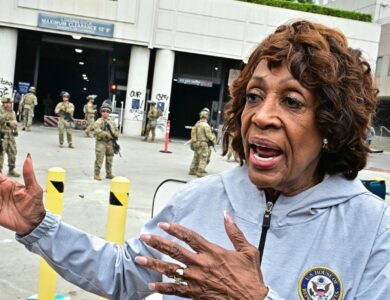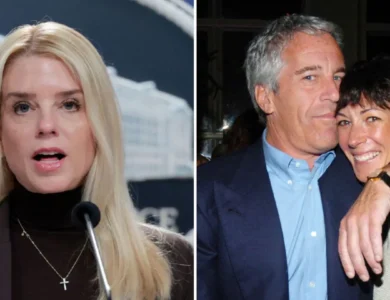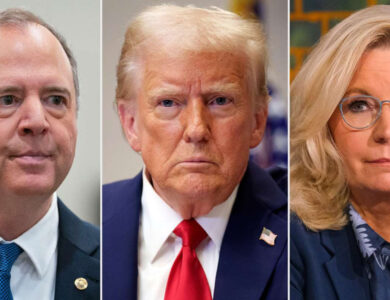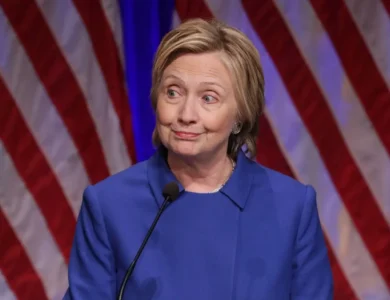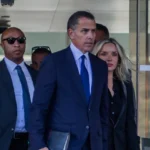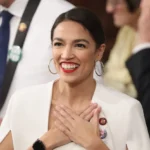Trump And Putin Greet As ‘Old Friends’ In Alaska Summit: Body Language Expert
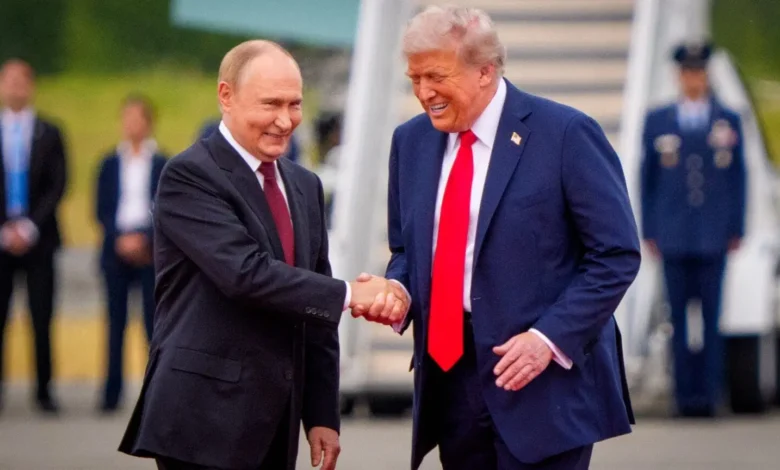
Presidents Donald J. Trump and Vladimir Putin met Friday at Joint Base Elmendorf-Richardson in Anchorage for their first in-person meeting in six years, with the war in Ukraine and U.S.–Russia economic cooperation topping the agenda.
The nearly three-hour summit ended without a ceasefire agreement, but Trump called the discussions “very productive,” saying there were “many points we agreed on” and “a couple of big ones” still unresolved. Both leaders hinted at progress but acknowledged that differences remain over the terms of a possible peace framework, Newsweek reported.
The greeting between the two presidents on the tarmac drew as much attention as the policy outcome. With cameras rolling, Trump and Putin met on a red carpet, shook hands, and rode together to the summit site. Their gestures and body language were dissected almost immediately, offering clues about the dynamic between the leaders and the way each sought to project strength, familiarity, and control.
Patty Ann Wood, a body language expert consulted by Newsweek, said the encounter conveyed a mix of deference, confidence, and subtle competition.
As Putin approached, Trump applauded lightly and stepped forward. “That shows respect toward Putin,” Wood said, noting that Trump’s movement broke from his usual practice of waiting to be greeted.
At the handshake itself, Trump presented his palm upward rather than asserting his hand on top. “Trump typically likes to have his hand on top, but here it appears he presented his palm up — a weaker, more subordinate position — indicating he sees Putin as more powerful,” Wood explained. Still, Trump maintained one of his signature moves: keeping the handshake tight to his mid-body. “That pulls the other person in, a display of power,” she said.
WATCH:
Trump with the iconic handshake.
— Owen Shroyer (@OwenShroyer1776) August 15, 2025
Putin with the iconic shrug to media.pic.twitter.com/hAQAxlJ6B9
Both men held eye contact and smiled, which Wood described as “a balance of deference and assertion.” Their heads stayed close together. “That suggests warmth,” she said.
Trump then added a second layer to the handshake by patting Putin’s arm with his left hand, forming what Wood described as a “double handshake.” “This is a subtle signal of dominance — symbolically saying, ‘I could strike you if I wanted to,’” she said. “Putin responds in kind.”
As the two walked together, the balance shifted again. “It’s a handshake chess game,” Wood observed, noting that Trump’s hand eventually moved on top, reclaiming the dominant position.
Observers also noticed contrasts in body posture as the men moved toward the meeting site. Wood said Putin looked confident, swinging his arms loosely — “unlike six months ago when he was more rigid.” Trump, by comparison, held his arms closer to his body, though at one point he grabbed Putin’s elbow and leaned in to whisper. “That is both a control move and a gesture of intimacy,” Wood said.
During the photo opportunity, Putin flexed his hands into fists and then relaxed them. “This can signal preparation for confrontation, though it may also relate to physical issues,” Wood said. “Both men smile — political theater, given the Ukraine war context.”
While analysts saw elements of competition in the gestures, Wood emphasized that the meeting appeared cordial overall. “It looked like two old friends seeing each other after a long time,” she said.
She added that Trump seemed more relaxed than in other high-stakes encounters. “Even with the handshake battle, I’ve seen Trump give a ‘death stare’ or avoid eye contact in similar situations, but not here,” Wood said.
The optics of the meeting carried special weight given the backdrop of the Ukraine war, rising tensions in Europe, and renewed efforts by Trump to negotiate a peace framework. Experts said the combination of symbolic gestures and substantive discussions underscored the delicate balance between diplomacy and political theater.
For now, the Anchorage summit produced no binding agreements but signaled both leaders’ willingness to continue talks.
